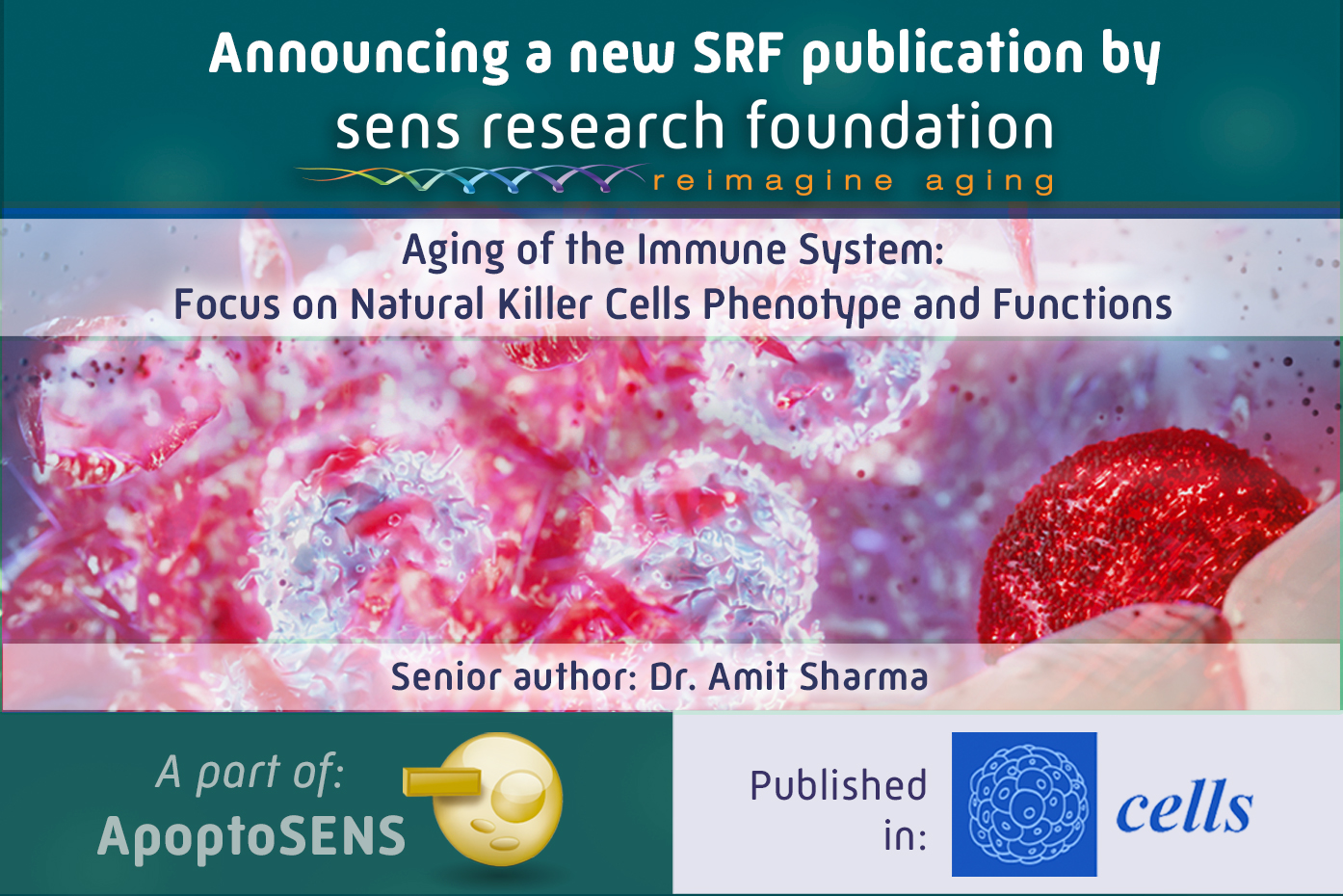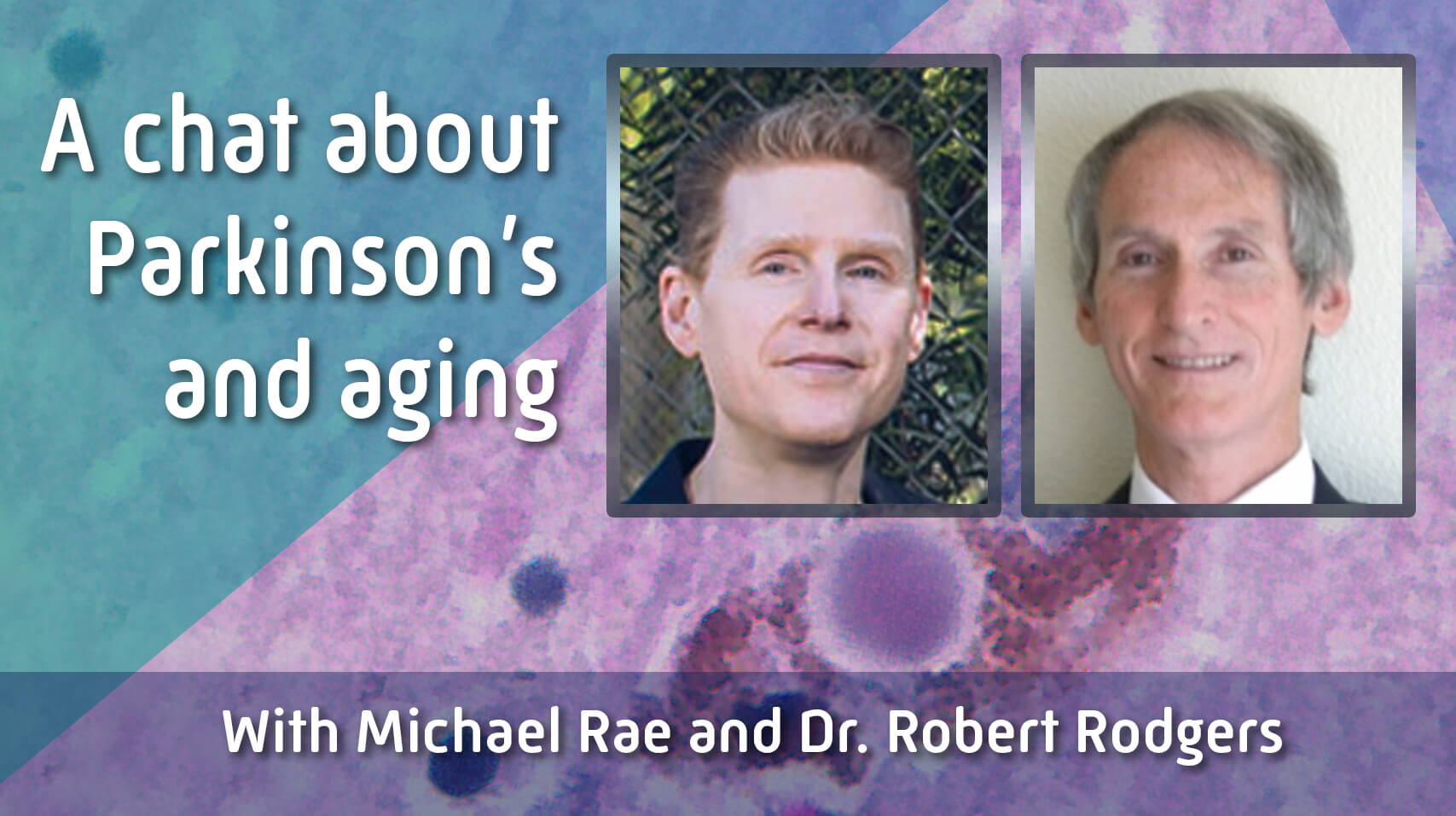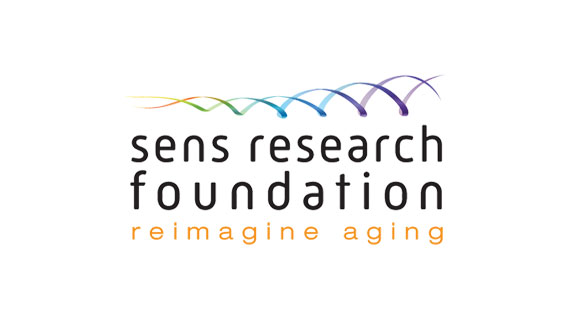A TAME Attempt to Slow Aging Part 1: Misunderstanding Metformin in Mice
Metformin has been proposed as an “anti-aging drug,” and scientists are organizing TAME, a major clinical trial to test the idea. In Part 1 of this 5-part series, we look at the animal studies underlying this idea.








